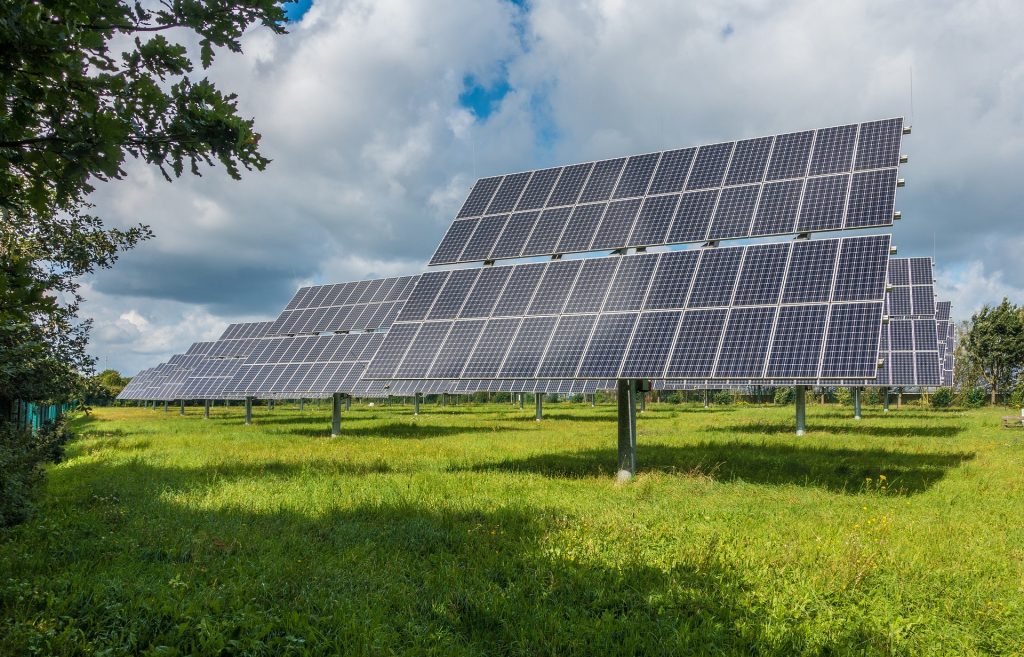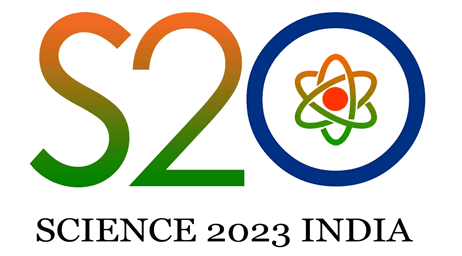Solar photovoltaics for transition to net-zero

The inexorable manifestation of climate change is increasingly visible across the globe – from drastically melting ice to devastating heat waves in Europe, wildfires in North America, to perilous droughts and floods in Africa and Asia. According to the United Nations, Madagascar is on the brink of experiencing the world’s first “climate change famine” after four years without rain. Numerous countries have come together to recognise this urgency and pledged to limit global warming to well below 1.5 0C under the Paris Agreement.
Climate scientists recommend that reaching the Paris Agreement goals will require net-zero emissions. However, the transition to net-zero is one of the toughest challenges faced by humanity. For example, the energy sector is the primary source of greenhouse gas emissions; reducing these emissions is vital to mitigating the severe effects of climate change. Replacing fossil fuel-based power with energy from renewable sources, such as solar photovoltaic (PV) power, would dramatically reduce carbon emissions.
The energy from the sun is freely available, clean and abundant. However, the transition from fossil fuels to solar PV is not easy. Under the ethos of Vasudhaiva Kutumbakam (the world is one family), the vision of One Sun, One World, One Grid (OSOWOG) through interconnected green grids can be transformational.
Thin film PVs
Despite advances in solar PV technologies, their limitations are apparent. One of the most significant disadvantages of solar panels is their relatively high cost. Polycrystalline silicon as well as single silicon crystals, with differing efficiency and cost, are typically used to make solar PV panels. Although silicon-based PV technologies are very robust and offer high efficiency, it is only feasible to deploy them at a small scale due to high cost, energy-intensive production methods, use of silver and their fragility. The output of solar PV panels needs to scale up such that they are resilient, cost-effective, eco-friendly, and sustainable. Government and private sectors should accelerate these efforts to build a sustainable supply chain on secure foundations.
In this regard, thin film solar PV technologies present numerous advantages to overcome these limitations and cater to emerging applications such as building-integrated PV and indoor energy harvesting. Among the thin film technologies, organic and perovskite-based solar PVs have excellent potential due to their broad range bandgap tunability, low-cost printing, and coating processes enabling large area cells/modules with high efficiency, improving cost-effectiveness.
Several institutes have taken a step forward in this direction, with researchers from diverse specialisations coming together to help nudge India’s net-zero ambitions forward. Researchers are working on ultra-thin, flexible solar cells that can be printed using semiconductor inks and scalable fabrication techniques. Much of the underpinning science behind thin film technologies relies on knowledge of interdisciplinary science at the interface of chemistry, physics, and engineering. Researchers are building core scientific capabilities that are key to developing thin film solar PV not only for present-day applications, but also for building capacity required to meet future challenges and opportunities.
Sustainable Agrivoltaics Farming
Another area of interest is agrivoltaics – utilising agricultural land to trap solar energy – which would enable farmers to produce not just food but also energy. It is a scalable and sustainable way to create additional sources of revenue for marginal farmers. However, there are challenges. Compared to traditional agriculture, agrivoltaics offers many benefits. It has been shown that overhead solar panels save 20-40% of water consumed for agriculture. The solar panels form a “greenhouse” that can cultivate delicate (but higher value) crops like vegetables, fruits and flowers. The electricity produced can be used to power pumps and public spaces or diverted to the grid for an extra source of income. The solar panels themselves run at cooler temperatures, so energy production is higher. Chlorophyll absorbs sunlight in two narrow wavelength bands: 425-475 nm and 630-680 nm. A semi-transparent solar cell transmits in those bands, which will maximise energy and crop yield. Unfortunately, silicon is opaque, so it is impossible (or too expensive) to engineer such semi-transparent silicon solar panels. In comparison, the bandgap of thin-film organic and perovskite semiconductors is tunable, so agrivoltaics with an arbitrary absorption spectrum can be designed. For example, researchers are developing printable and amenable thin-film solar cells for roll-to-roll or sheet-to-sheet printing, making them low-cost and scalable. The solar cells are based on organic and perovskite semiconductor ink.
In recent years, research on solar PV has received a massive boost worldwide. EU and US funding agencies have announced many projects to develop cost-effective and robust solar PV technologies. India is not too far behind. Solar energy is central to India’s National Action Plan on Climate Change. The Government of India has announced various schemes to encourage the generation of solar power in the country, like the Solar Park Scheme, Canal bank & Canal top Scheme, Bundling Scheme, Grid Connected Solar Rooftop Scheme and Solar Energy Research Initiative by the Department of Science and Technology, Government of India.
India also established a treaty-based international intergovernmental organisation, called the International Solar Alliance (ISA). The ISA’s objective is to scale up solar energy and reduce the cost of solar power generation through demand for solar finance, technologies, innovation, research and development, and capacity building. This has created a vibrant atmosphere for solar energy research in the country.
Looking ahead, solar PV will play a crucial role in achieving net zero in the energy sector even though there remain many challenges to deploying existing solar PV technology. Immediate deployment of market-ready low-carbon technology is vital to the net zero transition. However, net zero requires more than this approach alone. It is essential to adopt a three-tier programme of deployment of existing technology, converting prototypes to commercial products, and research in the emerging areas of thin film solar cells. In addition, the benefit of solar PV for other sectors, such as agriculture and water, needs to be maximised by adopting concepts like agrivoltaics in order to build a water-food-energy nexus for a resilient net-zero ecosystem.
– Satish Patil, Chair, Solid State and Structural Chemistry Unit, Indian Institute of Science (IISc)

